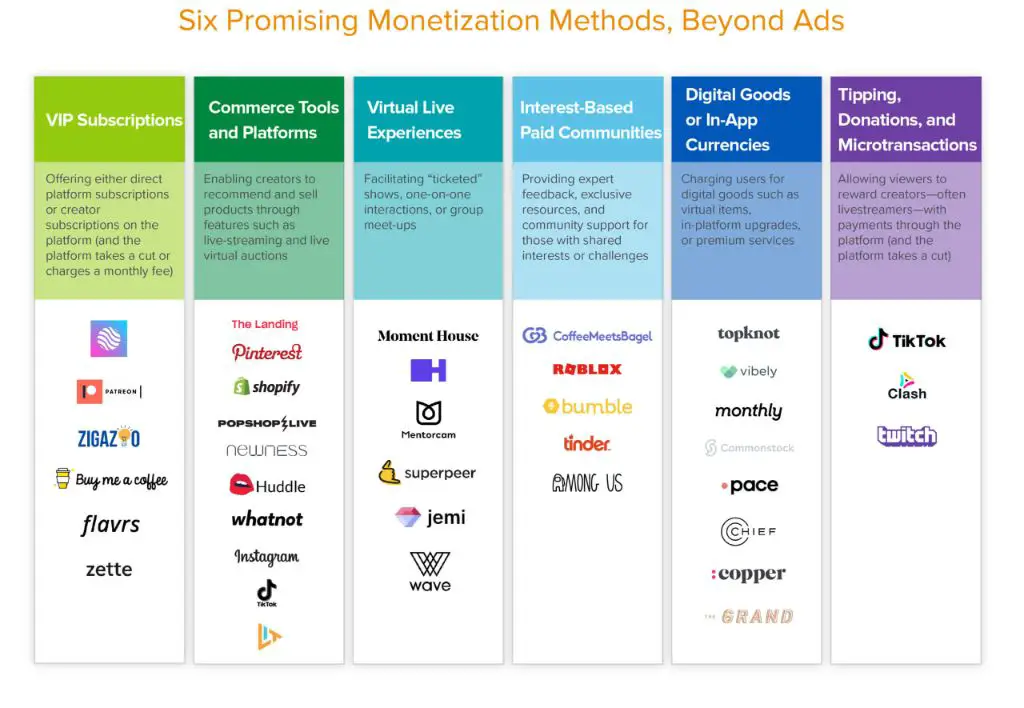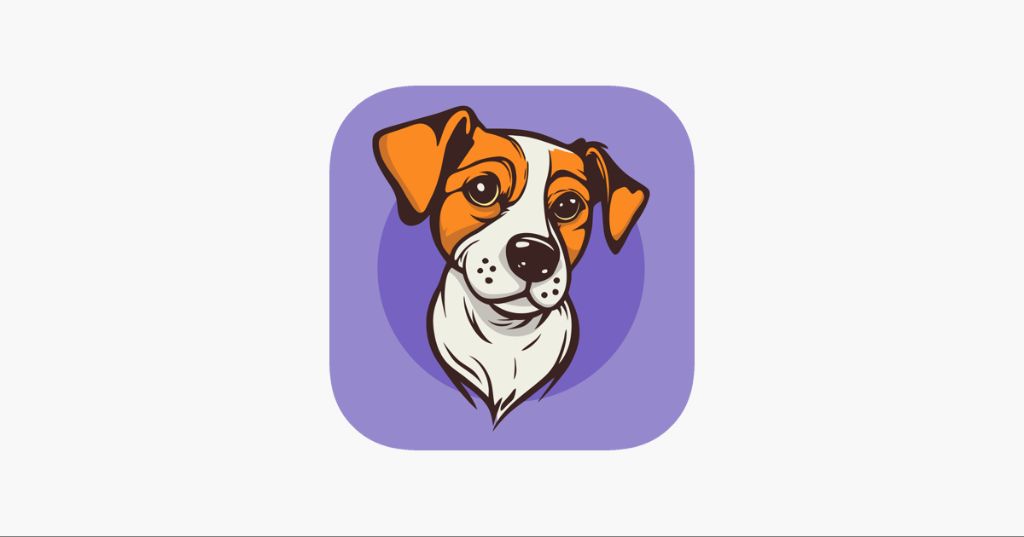Introduction
The dog app market has exploded in recent years. According to one report, there are over 300 apps designed specifically for dog owners, with 78% of dog owners using a dog-related app. This proliferation of dog apps is fueled by owners’ desire to connect with their pets, track their health and activities, and access information and resources related to dog ownership.
Popular Free Dog Apps
Some of the most popular free dog apps include Puppr, BarkHappy, and Dog Scanner.
Puppr is a highly-rated dog training app that provides customized training plans tailored to your dog’s needs. It offers step-by-step video lessons on basic obedience, tricks, housetraining, leash training, and more. Puppr also includes progress tracking features to monitor your dog’s improvement over time.

BarkHappy is a social networking app that connects local dog owners and their pets. You can browse profiles of compatible pups in your area and arrange doggy play dates. BarkHappy has a Tinder-like interface where you can swipe left or right on different dog profiles.
Dog Scanner is a fun app that lets you point your phone’s camera at any dog to instantly detect its breed. The computer vision technology can identify over 350 breeds and provides interesting facts about each one. Dog Scanner also lets you save and organize all the dogs you’ve scanned in the past.
Popular Paid Dog Apps
Some of the most popular paid dog apps include:
Dog Monitor – This app allows owners to watch, talk to, and track their dog’s activities via a live video feed. The app costs $4.99/month or $49.99/year.
Dog Trainer – Dog Trainer provides customized training plans, tips, and videos to help owners reinforce commands and behaviors. Subscription plans start at $4.99/month.
Puppr – Puppr helps owners track health, medications, vet visits and more. It also includes dog park/pet service locators. The app costs a one-time fee of $4.99.
While free apps meet basic needs like finding dog walkers, paid apps provide extra features like live video monitoring, customized training plans, health tracking, and more. The subscription fees give developers resources to build premium tools.
App Monetization Models
The main ways dog apps make money include through ads, subscriptions, and in-app purchases. Display ads allow companies to generate revenue by showing ads within the app interface. This is a popular option for free apps. However, too many ads can negatively impact user experience. Subscriptions allow users to pay a recurring fee for premium access and features, such as advanced training programs or unlimited support. For example, Puppr offers a subscription model. In-app purchases allow users to make one-time purchases for extra features or content. This could include buying training videos or gaining access to a dog expert. Companies like Goodpup use in-app purchases to monetize. The right monetization model depends on factors like the app’s purpose and target user base.

Benefits of Paid Apps
There are several advantages to using paid dog apps rather than relying solely on free options. Paid apps tend to offer better features and customization options without disruptive ads.
One of the biggest perks of paid apps is accessing premium features not available in free versions. For example, Rover’s paid service offers 24/7 veterinarian consultations, home protection plans, and enhanced background checks on dog walkers. Paid users can also favorite specific walkers. In contrast, Rover’s free app only provides basic booking and scheduling. Removing ads is another benefit of paid apps. Ads can clutter the interface and disrupt the user experience. With a paid app, the screen real estate is devoted entirely to features and content.
Paid apps also tend to offer far more customization options. Owners can tailor the experience to their specific needs. For instance, Wag’s premium service allows setting caregiver preferences like gender, age, and availability. There’s also flexibility around scheduling and booking. Owners can pre-book walks or find a last-minute walker more easily with premium access. In short, owners gain more control over their dog’s experience with fewer limits imposed.
Downsides of Paid Apps
While paid apps offer more features and functionality, there are some downsides to be aware of before purchasing:
The most obvious downside is the upfront cost. While some paid apps only charge a nominal fee, others can cost upwards of $50 or more. This can be a barrier for some pet owners who don’t want to spend a lot on an app.
Many paid apps offer free trials, but these are often limited in some way. The app may limit the number of walks you can schedule, the number of dogs you can add, or other key features during the free trial. This makes it hard to get a true sense of the app before committing to paying.
There’s also the risk that some promised features may be buggy or not work as well as expected. Without being able to try the full app first, pet owners could end up disappointed with their purchase.
Some pet owners may not find enough value in the paid features to justify the cost. The free version of an app may be sufficient for their needs. This is especially true for pet owners who only need basic functionality like walk scheduling and payment processing.
Paid apps also involve an ongoing cost. Even if the app only costs a few dollars, that’s a recurring subscription that pet owners have to factor into their budget. Over time, those small costs can add up.
Making the Choice

When deciding between free and paid dog apps, there are several factors to consider:
- Features – Paid apps often provide more robust features like advanced training programs, health tracking, and community forums, while free apps offer basic functionality.
- Cost – Paid apps range from $1 to $10 or more per month. While free apps have no cost, there may be in-app ads.
- Platform availability – Some apps are iOS only or Android only. Check which platforms an app supports.
- Data privacy – Paid apps generally have more stringent privacy policies than free apps.
- Quality – Paid apps tend to offer higher quality content and interfaces.
- Customer service – Paid apps typically provide better customer service and tech support.
- Professional services – Paid apps like Rover connect pet owners with dog walkers and sitters.
The choice between free and paid dog apps depends on your budget, needs, and how much you use the app. Start with free apps, but consider upgrading to paid if you want premium features and services.
Popular Features
Many dog owners find apps useful for tracking their dog’s health and activities. Some of the most popular features in dog apps include:
- Activity tracking – Apps like Whistle allow owners to track their dog’s steps, rest patterns, and calorie burn. This helps monitor a dog’s exercise and health (Source).
- Location tracking – Lost dog recovery apps like PawBoost let owners store their dog’s photo and profile. If the dog goes missing, the app alerts local community members to help find the lost dog (Source).
- Training content – Many apps provide training videos, tips, and instructions to help owners train their dog. This allows for positive reinforcement training at home (Source).
- Vet consultations – Some apps offer 24/7 vet advice through chat or video consult. This gives owners easy access to professional advice about their dog’s health.
- Dog walking/sitting – Apps like Rover connect owners to dog walkers and sitters, making it easy to find care when the owner is away.
Emerging Trends
Some exciting new innovations are emerging in the dog app space. Artificial intelligence and machine learning are allowing apps to provide more personalized recommendations and training feedback for dogs based on breed, age, temperament and progress (Source). Augmented reality apps like Anipill use AR to make medication or training more engaging and interactive for dogs.

Health and fitness tracking is another growing trend, with apps like Whistle GO using wearable devices and GPS to monitor a dog’s location, exercise and health data like heart rate. This allows owners to better understand their dog’s health and wellbeing. Apps are leveraging this data to provide customized fitness and health insights for each dog (Source).
Conclusion
In summary, while there are many excellent free dog apps available, paid apps provide additional features and benefits that may be worth the cost for some dog owners. Free apps can fulfill basic needs like tracking walks and training cues, but paid apps offer more customization, enhanced analytics, social features, and expert advice.
Whether to choose free or paid apps comes down to each dog owner’s specific needs and budget. Dog owners seeking basic functionality may find free apps fully sufficient, saving money for other dog expenses. However, for dog owners who want access to premium features, the investment in paid apps can provide great value.
At the end of the day, every dog owner wants tools to help care for and bond with their pet. With both free and paid options available, each dog owner can evaluate their priorities and find the dog apps that best fit their unique circumstances.
